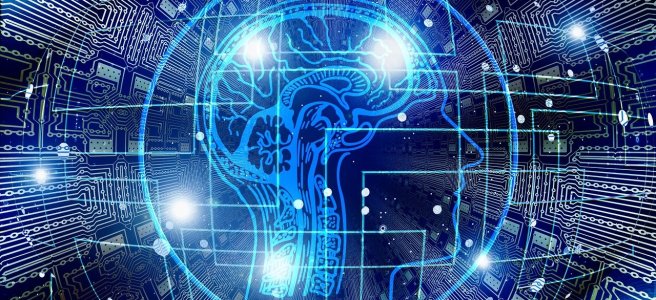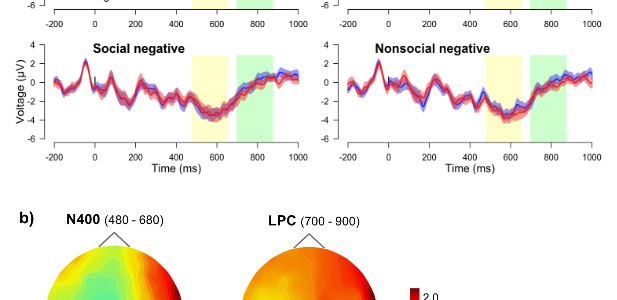Cognitive Neuroscience aims to establish links between brain activity and behavior, but with limited resources, experiments rely on sample data to draw conclusions. However, even with careful analysis, there is always a risk of Type I errors, where significant patterns may appear by chance. This blog post delves into the significance threshold, p-values, and the pitfalls researchers face, shedding light on how data preprocessing can inadvertently amplify the chances of false discoveries in neuroscience research.
Category: Science
The Data Science training in Cognitive Neuroscience research
While completing a graduate program opens the doors towards an academic career, many prefer to take their skills to the private sector, attracted by exciting new problems to tackle and sometimes also by better career prospects. Lately, one of the most sought after paths for such profiles is that of the Data Scientist. However, not … Continue reading The Data Science training in Cognitive Neuroscience research
Cognitive neuroscience in Olympic shooting
Becoming an Olympic athlete requires countless hours of daily practice to master every single aspect of one’s discipline. This can make even the most difficult movements become automatic, leading to an excellent performance without much cognitive effort. Though imperceptible to the eyes of an external observer, the sportsman often oscillates between an effortless automatic state … Continue reading Cognitive neuroscience in Olympic shooting
Research article: Electrophysiological Correlates of Social Group Representations in Affective Priming
Link to full article AbstractThere is growing evidence in cognitive neuroscience that processing of information about social groups involves the associated affective features, compared with processing in formation about nonsocial semantic categories. With the present study we aimed at assessing the extent of such involvement by measuring event-related potentials in healthy individuals while they performed … Continue reading Research article: Electrophysiological Correlates of Social Group Representations in Affective Priming
Intervista sui miei principali argomenti di ricerca e altre attività
Oggi ho parlato per la prima volta in TV delle ricerche che conduco nell'ambito del dottorato presso la SISSA e di altre attività 'extracurriculari'. Ringrazio per l'invito a Tuttoggi Giovani. Link al video.
Interview on memory: science and mnemonics
Just got interviewed by Daniele Plosch on some of my research and on memory techniques. Check out the full episode of his podcast Mai Dire Mind right below and Daniele’s website right here. They are both in Italian, but you can eventually turn the YouTube automatic translation feature on for the former. http://www.youtube.com/watch?v=rKFRwG1k0k8 I also … Continue reading Interview on memory: science and mnemonics




